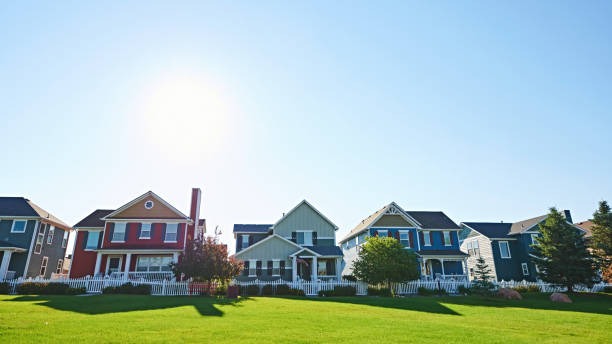Proper ventilation stands as a critical component of residential construction that many homeowners overlook. The roofing and siding system works together to create an effective barrier against weather elements. They maintain healthy air circulation throughout the structure. When these components function correctly, they protect the home from moisture damage, temperature extremes, and energy inefficiency.
Effective ventilation prevents common issues such as ice dams, mold growth, and premature material deterioration. Companies like Integrity Roofing & Siding specialize in installing systems that balance protection with proper airflow. This blog covers the essential aspects of roofing and siding ventilation. The following sections explore how these elements work together to maintain a healthy home environment.
Contents
How Roofing Ventilation Systems Function
Roofing ventilation operates on the principle of natural air movement. Warm air rises and exits through ridge vents or other exhaust points. This process draws cooler air into the attic space through soffit vents located under the eaves. The continuous airflow prevents heat buildup during summer months. It also stops moisture accumulation during colder seasons.
Ridge vents, soffit vents, and gable vents each serve specific purposes in maintaining proper attic ventilation. The system requires a balance between intake and exhaust vents to function effectively. When properly designed, these components create steady airflow. This removes excess heat and humidity from the attic space.
The Connection Between Siding and Air Circulation
Siding plays a significant role in whole-house ventilation by creating a protective envelope. Modern siding materials incorporate design features that permit air circulation behind the panels. This prevents moisture buildup between the exterior wall and siding material. The air gap serves as a crucial component in moisture management and temperature regulation.
Properly installed siding creates a ventilated wall system that allows controlled air movement. Air moves from the bottom to the top of the wall cavity. This movement helps dry any moisture that might penetrate the exterior barrier. The ventilation gap also contributes to energy efficiency by creating an additional thermal barrier.
Moisture Control Through Proper Ventilation
Moisture control represents one of the most important functions of ventilation in roofing and siding systems. Without adequate airflow, condensation can form on interior surfaces of roofing materials. It can also develop within wall cavities. This moisture leads to wood rot, insulation damage, and mold growth. These issues compromise both structural integrity and indoor air quality.
Effective ventilation systems remove moisture-laden air before condensation occurs. They maintain dry conditions within the building envelope. The process works continuously, regardless of weather conditions, to prevent humidity buildup. Proper moisture control extends the lifespan of roofing and siding materials while protecting the entire structure.
Common Ventilation Problems and Their Impact
Several ventilation issues can significantly impact system performance:
- Blocked soffit vents reduce air intake, creating stagnant conditions in attic spaces
- Insufficient ridge vents limit exhaust capacity, preventing proper air circulation
- Damaged or missing siding ventilation gaps allow moisture accumulation behind exterior panels
- Unbalanced intake and exhaust ratios create ineffective airflow patterns
Poor ventilation manifests in various ways, including ice dams and excessive energy bills. Visible moisture damage also indicates ventilation problems. Professional assessment can identify ventilation deficiencies before they cause significant damage.
Professional Installation and Maintenance Considerations
Professional installation ensures that ventilation systems meet building codes and performance standards. For exterior upgrades that complement a well-ventilated home, many property owners also explore deck installation Atlanta services to enhance outdoor living and overall curb appeal. Experienced contractors understand the specific requirements for different roof designs. They also know siding material specifications. Proper vent sizing and placement achieve effective airflow patterns throughout the structure. This requires technical expertise and industry knowledge.
Regular maintenance keeps ventilation systems functioning at peak efficiency. This includes cleaning debris from vents and inspecting for damage. Ensuring that landscaping does not block airflow paths is also essential. Companies like Integrity Roofing & Siding provide ongoing maintenance services that preserve ventilation effectiveness over time.
The ventilation role of roofing and siding systems extends far beyond simple air movement. These systems encompass moisture control, energy efficiency, and structural protection while working together to create a balanced environment. Regular attention to ventilation components ensures long-term performance and prevents costly repairs that result from inadequate airflow.
In addition to proper ventilation, choosing the right roofing material is crucial for maintaining a healthy home environment. Metal roofing is an excellent option due to its durability and energy efficiency. Many homeowners are turning to metal roofing companies for their expertise in installing standing seam metal roofs, which offer superior protection against the elements. These roofs not only enhance the aesthetic appeal of a home but also contribute to better ventilation by reflecting heat and reducing attic temperatures. By selecting a reputable provider, you can ensure that your roofing system supports optimal airflow and contributes to a comfortable living space.




